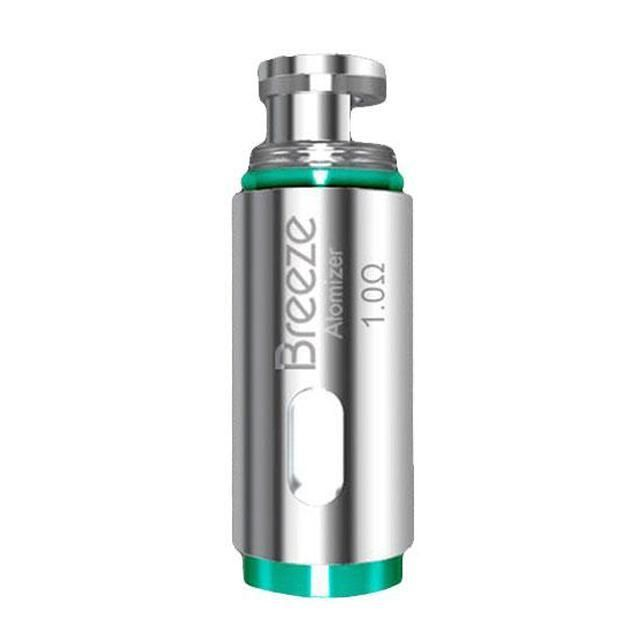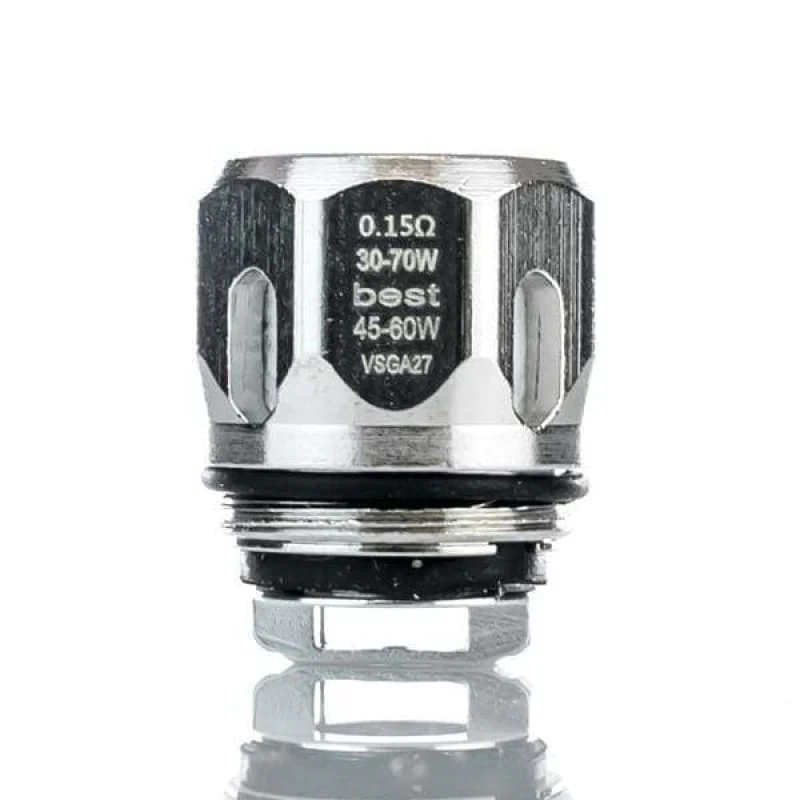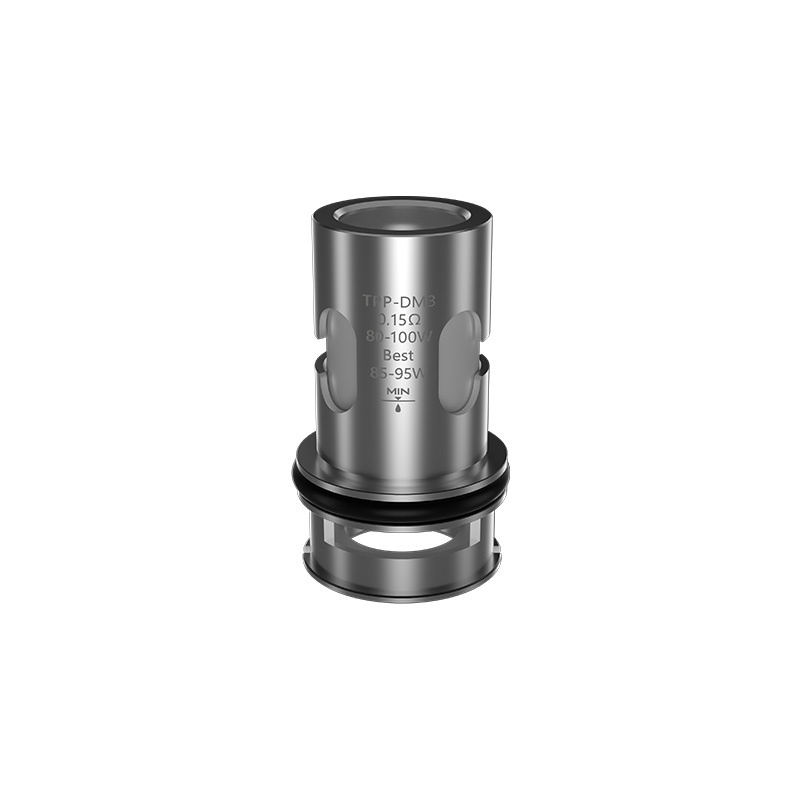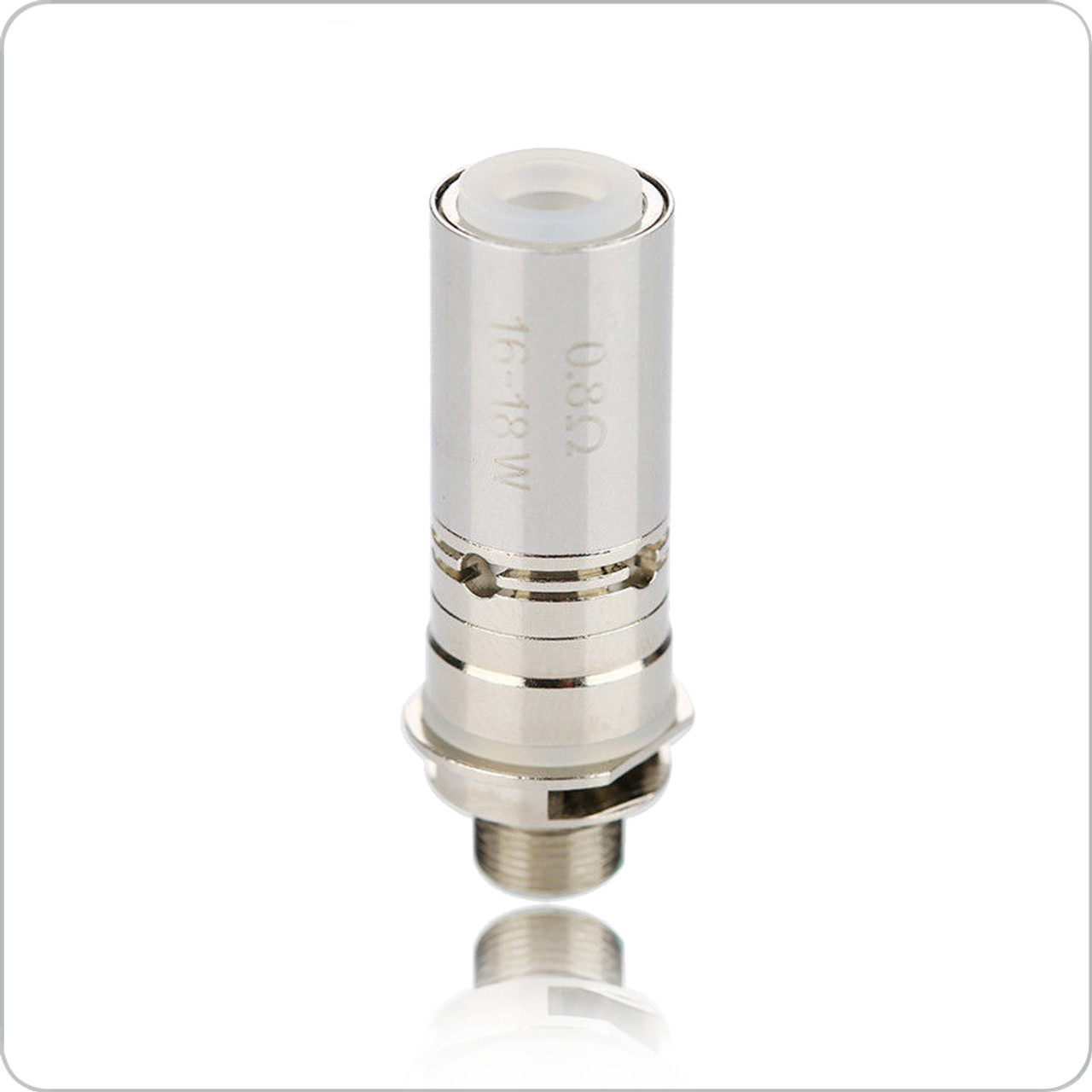
Vape Coils 101: The Ultimate Guide for Every Vaper
If you’ve ever wondered what's at the heart of your vaping device, the answer is vape coils. These little spiral components might seem insignificant but, in reality, they're the heartbeat of your vaporizer. So, whether you're a vaping newbie or a seasoned vaper, this ultimate guide is for you.
Here, we'll dive deep into the world of vape coils, unravel their mystery, discuss the different types, how to maintain them, and how you can choose the perfect one for your unique vaping needs. Let's get started!
Understanding Vape Coils
Before we delve into the specifics, let’s take a minute to understand what a vape coil is. In its simplest form, a vape coil is a wire wound into a spiral shape that heats up when you power your vaping device. This heat vaporizes the e-liquid into that flavorful mist you inhale. Pretty simple, right? Well, there's more to it.
Vape coils are a central component of the atomizer – the unit that contains the coil and wicking material. Coils come in various materials, sizes, and resistances, which all play a role in the amount and quality of vapor your device produces.
Types of Vape Coils
Depending on your vaping device and preference, you can choose from different types of vape coils. Here’s a quick breakdown:
-
Standard Coils: Also known as regular or round wire coils, these are the most basic type. They're easy to build, heat up fast, and are perfect for beginners.
-
Sub-Ohm Coils: These coils have a resistance of less than 1 Ohm and are used for sub-ohm vaping. They offer larger clouds and enhanced flavor but drain battery life faster.
-
Temperature Control (TC) Coils: Made from nickel, titanium, or stainless steel, these coils allow you to adjust the temperature for a more consistent vape.
-
Mesh Coils: Instead of a traditional wire, mesh coils use a metal mesh. They offer a larger surface area, meaning better flavor and more vapor.
-
Ceramic Coils: These coils feature a ceramic wicking system that provides a clean, pure flavor.
Vape Coil Maintenance: When and How to Change Coils
The lifespan of your vape coil is influenced by a variety of factors, such as your vaping frequency, the kind of e-liquid you prefer, and the power settings on your device. However, a common sign that it's time to change your coil is a burnt taste when you vape, even with a full tank of e-liquid. Other signs include a gurgling sound, leaking, or less vapor production.
Changing a vape coil is a simple process:
-
Remove the old coil: First, ensure your tank is empty. Unscrew the old coil from the base of the atomizer.
-
Prime the new coil: Before you install the new coil, apply a few drops of e-liquid onto the wick to prevent dry hits.
-
Install the new coil: Screw the new coil into the base of the atomizer. Ensure it's secure but not overly tight.
-
Fill the tank and wait: Fill your tank with e-liquid and let it sit for 10-15 minutes. This allows the coil to fully saturate.
-
Start vaping: Now you're ready to enjoy your vaping experience.
Choosing the Perfect Vape Coil
The choice of a vape coil can make or break your vaping experience. Here are some factors to consider:
-
Your Device: Not all coils are compatible with all devices, so check your vape's specifications first.
-
Your Vaping Style: If you prefer mouth-to-lung (MTL) vaping, higher resistance coils are ideal. Direct-to-lung (DTL) vapers, on the other hand, will benefit from lower resistance coils for bigger clouds.
-
Flavor vs. Cloud: If you're all about flavor, go for coils with a larger surface area, like mesh coils. If cloud production is your priority, opt for sub-ohm coils.
Remember, understanding your vaping needs and preferences is key to getting the most out of your experience.
The Anatomy of a Vape Coil
Delving deeper into the science behind vape coils, they primarily consist of two parts: the wire (the actual coil) and the wick. As mentioned, the coil heats up to vaporize the e-liquid, while the wick's job is to absorb the liquid, ensuring it doesn't flow freely into the device.
Coil wires come in several materials, including Kanthal (a type of iron-chromium-aluminum alloy), stainless steel, nickel, and titanium. Each material has unique heating properties and compatibility with different vaping modes.
The wick can be made from various materials as well, including organic cotton, ceramic, and silica. Each wicking material has its pros and cons related to flavor intensity, heat resistance, and lifespan.
Building Your Own Coils
If you're adventurous, you can even build your own vape coils. This is common among vapers seeking a customizable experience. It gives you the freedom to experiment with different wire types, wick materials, and coil builds.
Building your own coil requires a fair bit of practice and knowledge about vaping and electrical safety, but the payoff is a highly personalized vaping experience. If you're interested, there are numerous tutorials online that can guide you through the process.
Vape Coils and Battery Life
One aspect of vaping often overlooked is the relationship between your vape coil and your device's battery life. The resistance of your coil significantly influences the power consumption of your vaporizer.
In simple terms, a coil with lower resistance (like sub-ohm coils) will require more power to heat up, draining your battery faster. On the other hand, a coil with higher resistance requires less power, extending your battery life. Therefore, when choosing your coil, consider your usage habits and how often you’re able to charge your device.
Troubleshooting Common Coil Issues
Even with proper maintenance, you may run into some issues with your vape coils. Here are a few common problems and how to fix them:
-
Burnt Taste: If you're experiencing a burnt taste, it’s likely due to a "dry hit." This occurs when the wick isn't fully saturated, causing the coil to burn it. Make sure you prime your coil properly and allow it to fully saturate before vaping.
-
Gurgling Noises or Leaking: This could be a sign that the coil is flooded with too much e-liquid. You can usually fix this by firing your device for a few seconds without inhaling, which will vaporize the excess liquid. If this doesn't work, you may need to replace the coil.
-
Spitback: Spitback is when drops of hot e-liquid are thrown into your mouth. This could be due to an over-saturated coil or a wattage setting that's too low. Try increasing the power slightly or replace the coil if it continues.
Safety Tips
Safety should always come first when dealing with electronic devices. Always ensure you're using the correct coil for your device. Using a coil with too low resistance on a device not designed for it can pose a risk. Furthermore, ensure your device is off when not in use or during transportation to avoid accidental firing.
Also, remember to stay hydrated. Vaping can dehydrate you, which can lead to a dry mouth or throat, thirst, and dry skin.
Conclusion
In essence, the humble vape coil is the secret star of the show when it comes to vaping. Understanding its functionality and how it impacts your vaping experience is vital for both newcomers and veterans in the vaping world.
Choosing the perfect vape coil doesn't have to be complex or intimidating. Understanding your device's specifications and your vaping preferences is key to picking the perfect coil. Remember, there is no one-size-fits-all solution. It's all about what works best for you.
Whether you're looking to experiment with new coil types, or you want to start building your own, we at Vaporisers.com have got you covered. Our vast selection of vape coils and accessories ensures that you’ll find the perfect fit for your needs. We're always here to assist you on your vaping journey. So, go ahead and explore the world of vape coils to elevate your vaping experience. Happy vaping!




